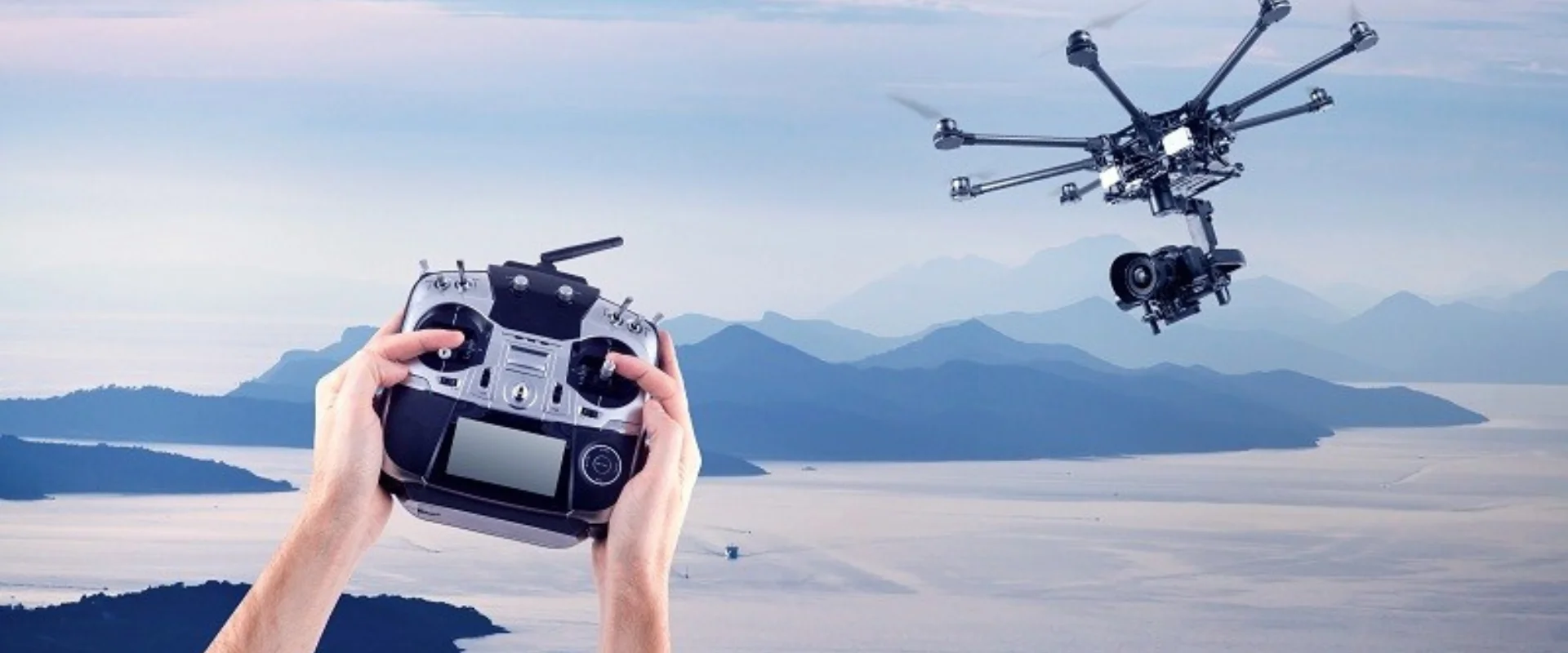In an age where technology continually reshapes our capabilities, a new development is poised to transform search and rescue operations in challenging terrains. British Mountain Rescue teams have unveiled an innovative automated drone system that leverages AI to locate missing persons more efficiently than traditional methods. This cutting-edge solution promises to enhance the effectiveness of rescue efforts in some of the most rugged landscapes.

A Real-World Application
The potential of this technology was put to the test during a real-life emergency. On September 6, 2023, Charlie Kelly, a passionate hillwalker, sent a message to his partner, Emer Kennedy, indicating that he wouldn’t be returning home that night. After setting out for a climb up Creise, a formidable 1,100-meter peak in the picturesque Glen Etive region of Scotland, his sudden communication sparked concern. While human search teams are invaluable, the difficult terrain and rapidly changing weather conditions often hinder swift rescues.
The Role of AI in Search and Rescue
Recognizing these challenges, British Mountain Rescue teams developed an automated drone system designed to scour landscapes with unparalleled speed and precision. Equipped with advanced AI algorithms, the drones can analyze vast areas more thoroughly than human searchers could ever achieve, particularly in treacherous environments where visibility and access are compromised.
The drone technology not only enhances the efficiency of the search process but also reduces the risk to human life. In high-stakes situations, such as searching for missing individuals in remote areas, every minute counts. The AI-driven system can quickly assess the terrain, identify potential hiding spots, and provide real-time data to rescue teams, significantly increasing the chances of a successful outcome.
How It Works
The automated drones are equipped with sophisticated imaging and sensing technology, allowing them to detect heat signatures and movements that might indicate a person in distress. Once deployed, the drones autonomously navigate the landscape, utilizing machine learning to adapt to various environmental conditions. The data collected is processed and analyzed, with alerts generated for rescue teams if a potential subject is detected.
This system represents a significant leap forward in the realm of search and rescue operations. By integrating AI with drone technology, teams can not only save time but also focus their resources where they are most needed, ultimately leading to more successful rescues.
The Future of Rescue Operations
As technology continues to evolve, the integration of AI in search and rescue operations is likely to become more prevalent. This automated drone system is just one example of how innovation can save lives, offering hope for those who find themselves in perilous situations. With further development and refinement, these drones could become standard tools for mountain rescue teams across the globe, setting a new benchmark for efficiency and effectiveness in emergency response.
In the case of Charlie Kelly, the rapid deployment of AI-driven drones could have made all the difference, potentially turning a worrying situation into a successful rescue. As search and rescue operations embrace this technological advancement, the possibility of saving lives in challenging conditions becomes increasingly attainable. The collaboration between human expertise and artificial intelligence heralds a new era in emergency services, where technology empowers rescuers to respond faster and more effectively than ever before.
